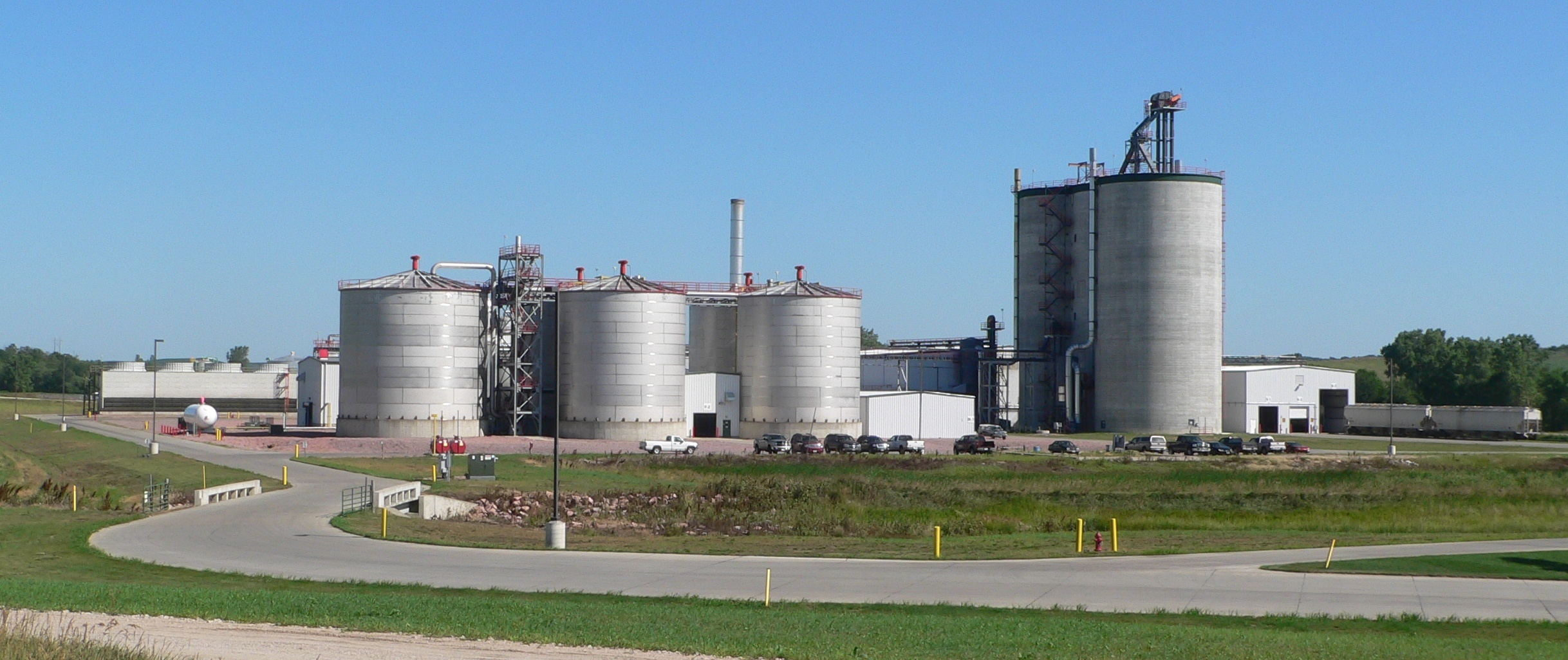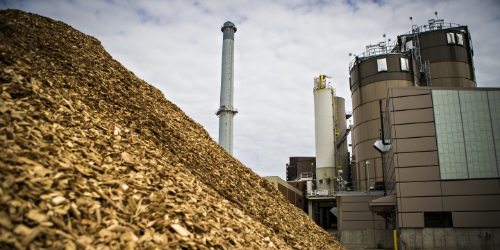This post is one in a series featuring the complete slate of advanced energy technologies outlined in the report This Is Advanced Energy. 
Siouxland ethanol plant on U.S. Highway 20, west of Jackson, Nebraska.
First generation biofuels are liquid transportation fuels produced from existing food crops. In the United States, these are ethanol, derived mainly from corn via fermentation, and biodiesel, produced mainly from soybeans via transesterification. Both of these fuel pathways are well integrated into the agricultural economy, producing a range of co-products such as high-protein animal feed. These two fuels have well-developed production technologies and supply chains, and incremental improvements have increased yields and reduced costs. In particular, the ethanol yield (measured in gallons per bushel) has steadily increased over the years, and the energy inputs (typically electricity and natural gas) required to produce a gallon of ethanol have fallen by more than one third in the past 20 years. Other innovations, such as using field crop residues and other sources of biomass in place of natural gas, have further increased the “energy yield” of corn ethanol (the energy produced as ethanol compared to the fossil fuel inputs to the process). Small amounts of biodiesel are also made from waste cooking oil collected from commercial food establishments.



